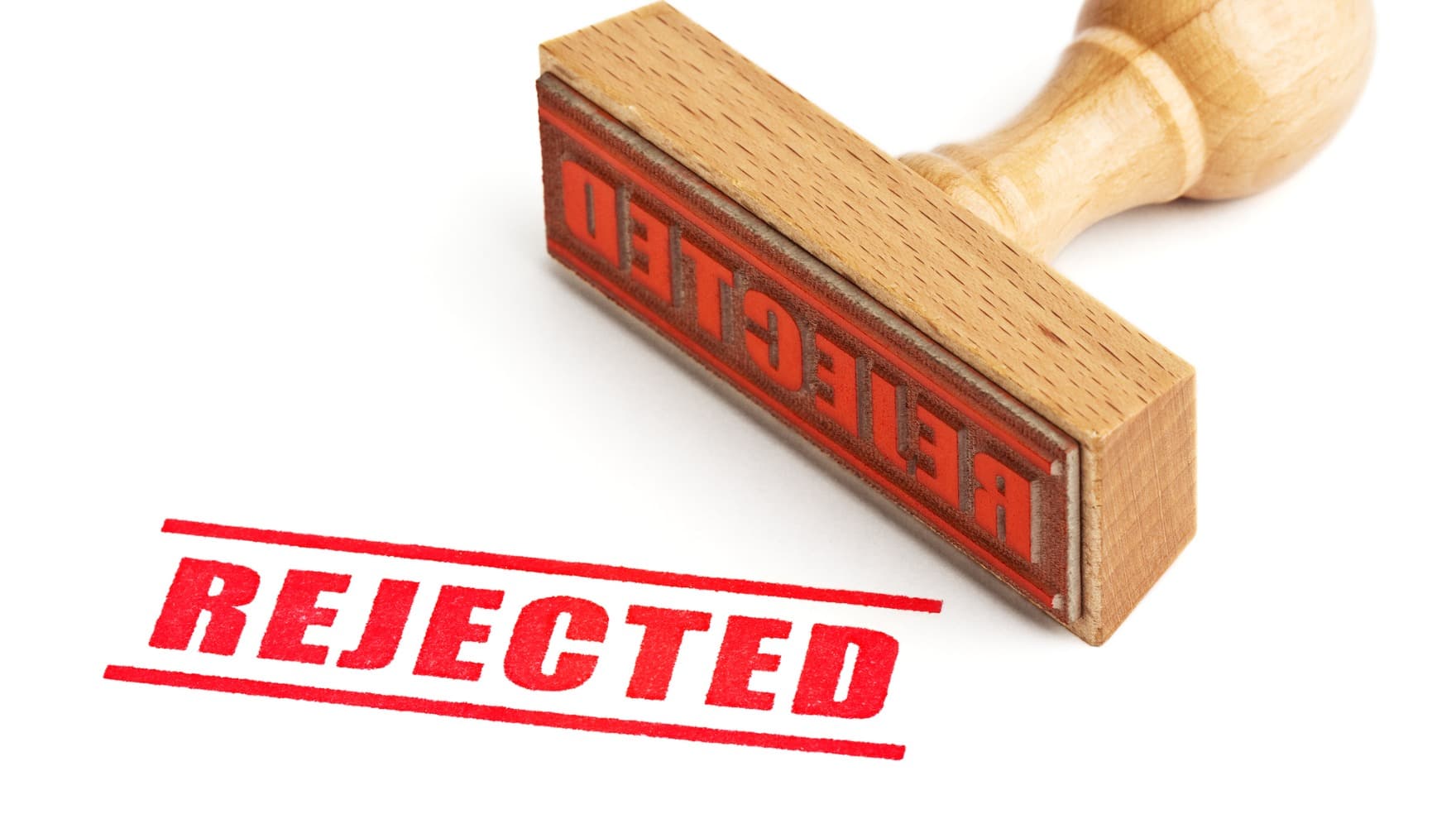How to Respond to a Rejection Email in Sales
For better or for worse, rejection is a normal part of the sales process.
Still, as common as it is, rejection can be hard to swallow, even for the most poker-faced sellers. Being rejected can be discouraging, confusing, and demotivating.
It can especially sting over email, where you can’t necessarily hear the sender’s tone.
Remember: although you can’t control how people respond to you or your offer, you can control how you respond to them.
And make no mistake — although the sender is ultimately turning you down, every professional sales rep makes it a point to send a response to a rejection email.
In this article, we’ll go over everything you need to know about how to respond to a rejection email, including how to extract the most important information from the rejection while remaining professional and helpful.
Here’s what we’ll cover:
- First, Carefully Review the Rejection Email
- Then, Craft a Professional Response to Rejection
- Examples of Responding to a Rejection Email
- How to Track and Monitor the Success of Your Emails
- FAQs
Carefully Review the Rejection Email
As prevalent as it is in sales, rejection can trigger all kinds of negative feelings in salespeople. Opening a rejection email might make you feel angry, frustrated, sad, or even anxious. Remember — while unpleasant, this truly is just another part of the sales process.
The first step here is to try your best to take a step back and remember to not take the rejection personally. Acceptance is key.
Instead, use the rejection email as an information-gathering challenge; every “no” is an opportunity to learn more.
Adopting a growth mindset can go a long way in helping you learn how to use failure to keep moving forward.  After you’ve taken some time to process your emotions, spend some time analyzing the rejection email. Why, specifically, are they turning you down?
After you’ve taken some time to process your emotions, spend some time analyzing the rejection email. Why, specifically, are they turning you down?
Does it seem like budget is the primary concern, or is it more of a timing issue?
Is it a hard “no,” or more of a “not right now”?
Did they give any other reasons, concrete or otherwise, for their rejection?
What, specifically, about your presentation and/or approach didn’t meet their needs, preferences, or specific scenario?
Look critically at their email message with careful attention to detail.
You may also want to look at the rejection email in the context of the rest of your interactions with that prospect. In hindsight, can you identify any signals that you missed throughout the process that, if addressed, could have changed the outcome?
Remember – most of what we say is non-verbal, as proved in Dr. Albert Mehrabian’s Rule of Communication.  A salesperson will often realize upon reflection that there were subtle social cues throughout the conversation that may have been indicating a need to adjust the approach.
A salesperson will often realize upon reflection that there were subtle social cues throughout the conversation that may have been indicating a need to adjust the approach.
Crafting a Professional Response to Rejection
Although your first instinct might be to leave well enough alone and skip responding to a rejection email, it’s actually best practice to take the time to send a response (even if you’re still feeling a bit stung).
Avoid the temptation to ignore or delete the rejection message. It’s okay to keep your response short (in fact, that’s probably your best bet), but even a brief acknowledgment is better than none at all.
Depending on the exact verbiage of the original message, the following tips will help you determine how to respond to a rejection email. Some responses may include just some of these components, while some messages may call for all of them. Use your discretion and what you know about the sender to help you decide what to include.
Express Gratitude
This part is relatively non-negotiable when it comes to responding to a rejection email: be appreciative.
Always thank the prospect for their time and consideration — no matter how early in the sales process they opted out — and for the opportunity to learn more about their needs.
Not only is this polite and best practice but there’s actual science to back it up; brain research shows that gratitude can increase serotonin and dopamine, two of the “happy chemicals” that can influence our moods for the better.
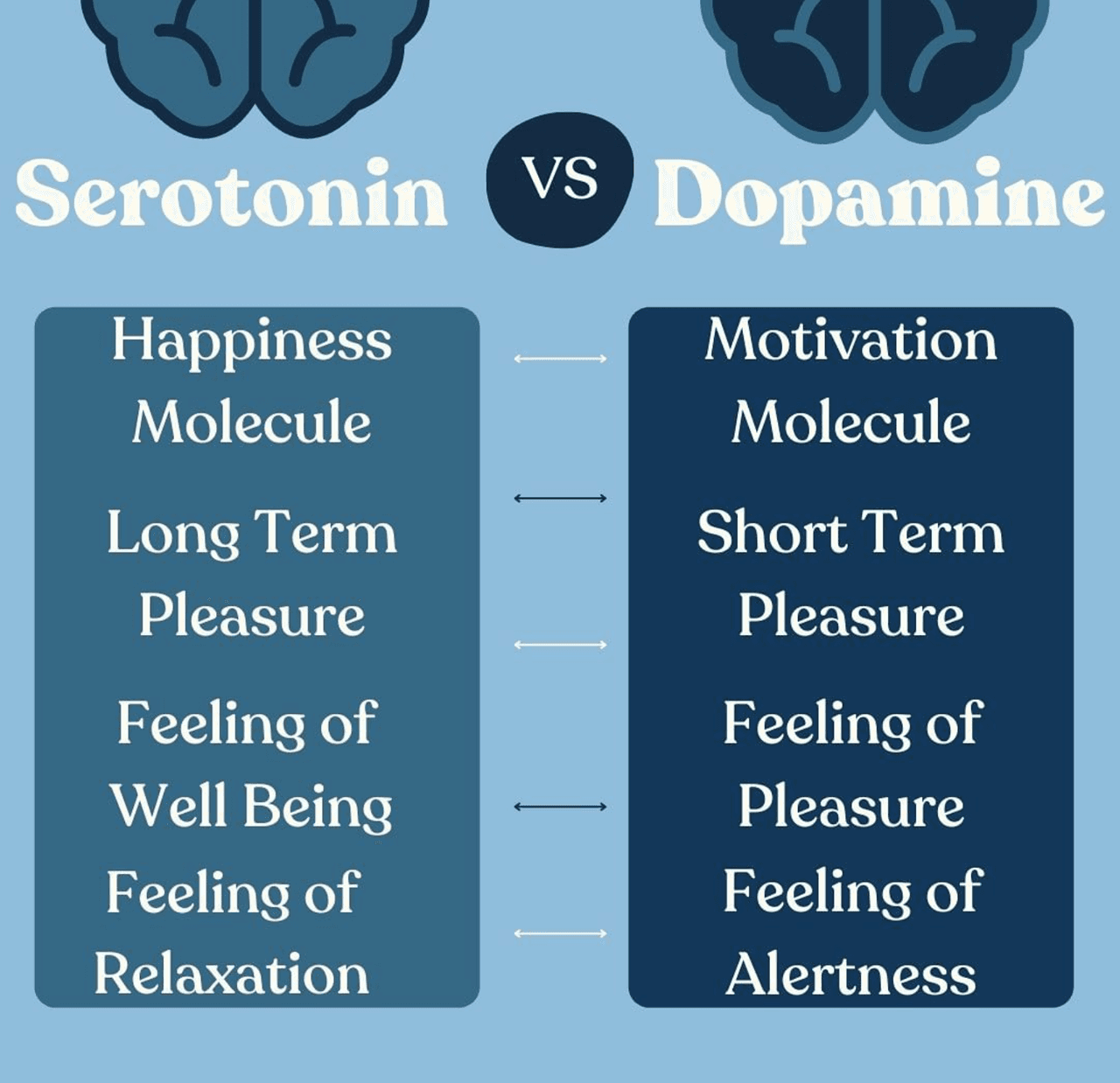
Maintain Positivity
A positive tone is also a must, and sales reps need to be very mindful to not let their (valid!) disappointment creep into the overall takeaway of their response.
Always be professional and respectful, and absolutely never criticize the prospect for rejecting you (or anything else, for that matter).
Seek Feedback or Clarification
In some cases, it may be appropriate for the rejected sales rep to solicit feedback about the overall process or more clarity around the rejection.
This kind of insight can sometimes be hard for reps to hear, especially after the initial rejection, so it’s important that you make it clear that you’re looking for constructive feedback.
Not only will these insights help improve your process for next time, but it also shows the prospect that you’re willing to improve and that you value their input.
Keep the Door Open
With select prospects — perhaps those who made it very deep into the sales funnel or those who you suspect might just need a bit more time and nurturing before they decide to sign — there may be a window to keep the door open to future opportunities through your response to their rejection email.
Be very careful here — this is, by no means, an invitation or excuse to argue, beg, or pressure the prospect to change their mind and re-engage.
But, if you’re confident that you have a good read on the prospect and feel like they could be receptive to it, you might ask for permission to stay in touch in the future.
Ultimately, how you respond to a rejection email will depend on the unique relationship you built with the prospect throughout the course of the sales process, up until the point of rejection.
To the best of your ability, reframe rejection from failure to a chance to learn. When you leverage rejection, you give yourself an opportunity to learn more about your target market, more about your buyer personas, more about overcoming objections, and more about your value proposition.
Tip: Anticipate common prospect triggers and behavior patterns with the free ebook below.
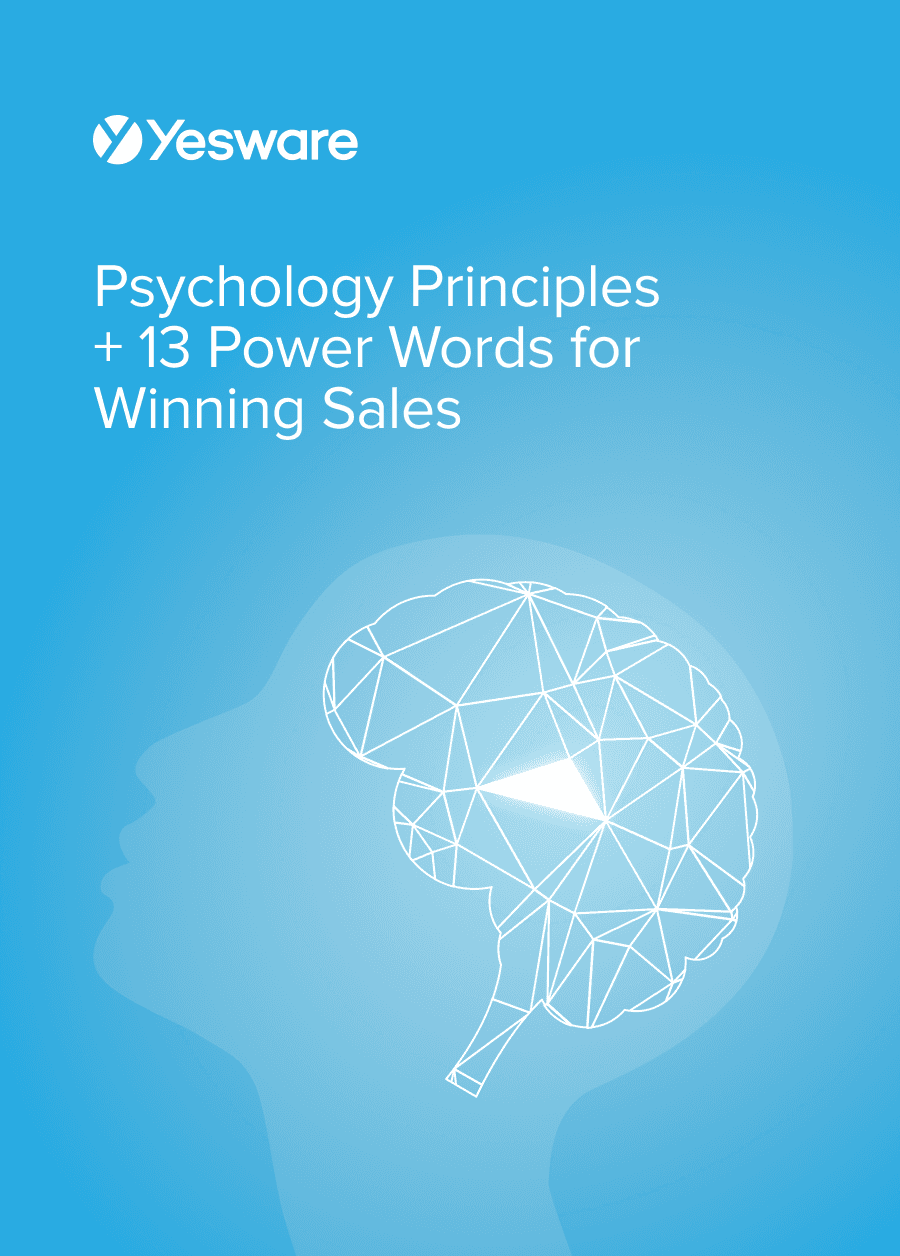 Psychology Principles + 13 Power Words for Winning SalesData-backed psychological principles, nonverbal cues, and persuasive phrases to win more deals.
Psychology Principles + 13 Power Words for Winning SalesData-backed psychological principles, nonverbal cues, and persuasive phrases to win more deals.
Examples of Responding to a Rejection Email
Here are two examples of how to respond to a rejection email.
As a reminder, it’s important to note that there is no one right answer for how to respond to these kinds of messages. The exact language you choose should be based on the relationship you have with the email recipient.
In the following example, let’s imagine that the prospect has made it to one of the later stages of the sales funnel.
After listening to the sales rep’s pitch or proposal, the prospect decides to look elsewhere and sends the sales rep a rejection email.
Here’s one way the sales rep might respond to that rejection.
Hi {!Name},
Thanks for getting back to me. Sorry to hear that we aren’t quite what your team was looking for.
If you don’t mind me asking, can you spare 2 minutes to share a bit more about how you’re going to refine your search moving forward? What are you looking for that we couldn’t provide?
I’m always looking for ways to meet the needs of folks with similar challenges to yours. Any insights you have would be much appreciated!
Please don’t hesitate to reach out if your needs change in the future.
Best,
{!Your name}
Notice the way the sales rep maintains a positive and courteous tone throughout their response. They share generous appreciation for the relationship and the prospect’s time and invite feedback (without being pushy).
In the next example, let’s imagine that a sales leader reached out to another organization with the hopes of collaborating. The other company responded with a rejection, explaining that they were already in the middle of a few different high-resource projects.
Here’s one way the sales leader might respond to that kind of rejection.
Hi {!Name},
Thanks for getting back to me, and for taking the time to share your thoughts on a potential partnership. Sounds like you’re busy — busy is good!
If it’s okay with you, I’d love to check in sometime in the next 6 months to see if the timing might be better; let me know what you think.
Best,
{!Your name}
Again, this sample response is professional, friendly, and appreciative. The sales leader makes an earnest but non-aggressive request to get back in touch at a better time, and leaves the door open for feedback.
Use Yesware to Track and Monitor the Success of Your Email Outreach
Yesware’s Email Templates can help sales reps create, save, and personalize the highest-converting responses to rejection emails.
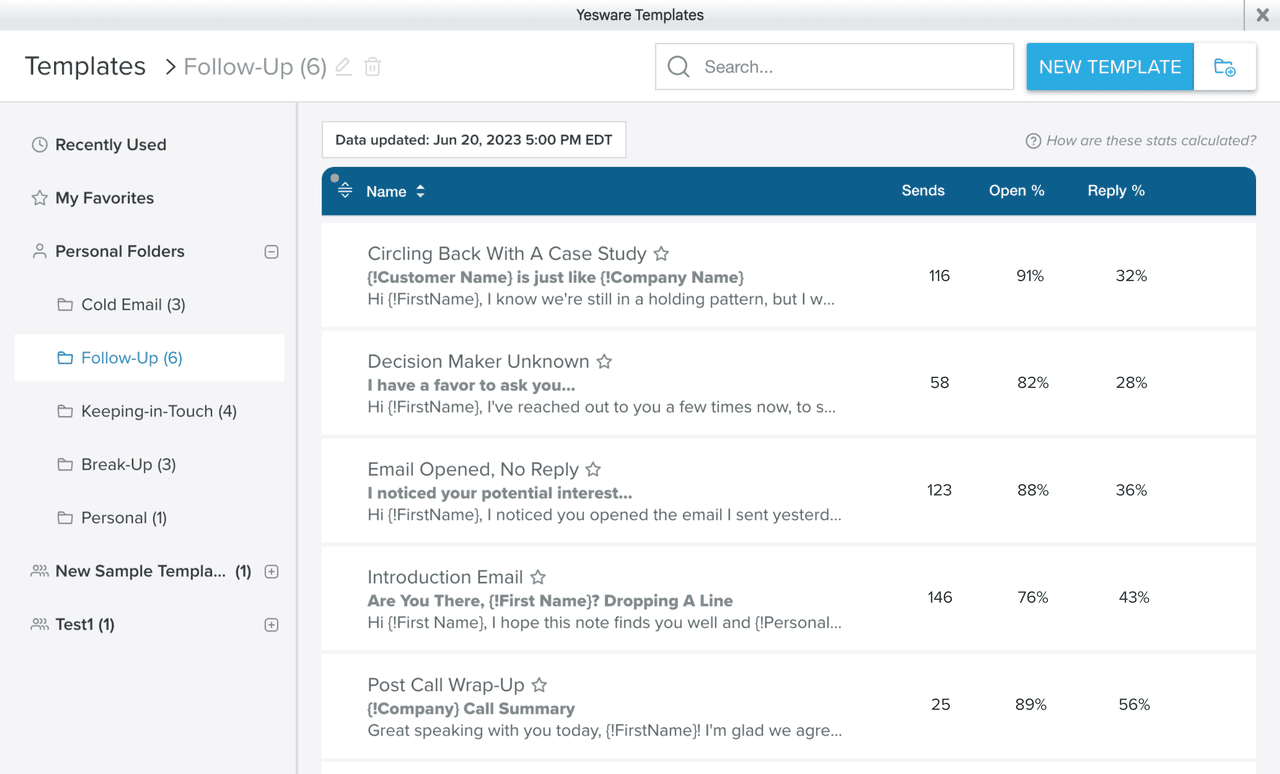
With a library of ready-to-go templates already available, as well as the ability to write custom templates from scratch, there’s no limit to the number of proven email templates you can store and use throughout the entire sales cycle.
The Template Tracker gives real-time updates on what’s working.
Our Reporting & Analytics tool gives even more insight into exactly how your prospects react and respond to your messaging and content.
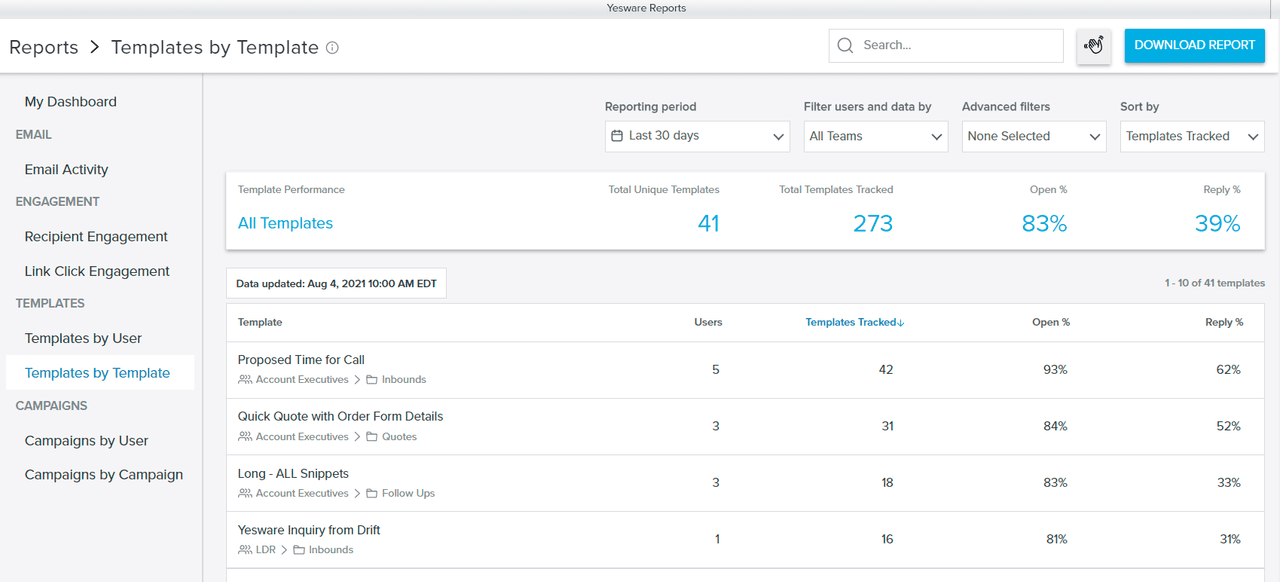
How do you respond to rejection emails? How do you use them to move your sales process forward?
How to Respond to a Rejection Email FAQs
1. What’s the best way to respond to a rejection email?
Keep it professional, polite, and concise. Thank the sender for their time, express appreciation for the opportunity, and maintain a positive tone to leave the door open for future conversations.
2. Should I respond to every rejection email?
Yes. Replying to rejection emails shows professionalism, strengthens your personal brand, and can help you stay top-of-mind for future opportunities.
3. How can Yesware help me craft a rejection response?
Yesware offers email templates you can customize for polite, professional rejection responses. This saves time while ensuring your message is tactful and well-structured.
4. What should I include in my rejection email reply?
Include gratitude for the opportunity, acknowledgment of the decision, and a brief request to stay connected. Keep the tone courteous and avoid defensive or negative language.
5. Can I ask for feedback in a rejection email reply?
Yes, if done respectfully. A short request like, “I’d appreciate any feedback that could help me improve,” can yield valuable insights while demonstrating growth mindset.
6. How soon should I reply to a rejection email?
Respond within 24–48 hours. A prompt reply shows respect for the sender’s time and keeps the interaction relevant.
7. Should I keep the tone formal or casual in my response?
Match the tone to the prior communication. If earlier exchanges were formal, keep your response formal. If they were conversational, you can maintain a friendly but still professional tone.
8. Can responding to a rejection lead to future opportunities?
Yes. Many professionals have been reconsidered for roles or deals after replying positively to rejections. It leaves a strong final impression.
9. How do I handle rejection in sales emails?
Acknowledge the decision, reaffirm your value, and leave the door open. Yesware’s email tracking can help you follow up strategically when timing is better.
10. What mistakes should I avoid when replying to a rejection?
Avoid arguing the decision, expressing frustration, or writing overly long responses. Keep your reply gracious, concise, and focused on future possibilities.
11. Is it okay to connect on LinkedIn after a rejection?
Yes, as long as your message is polite. You might say, “I enjoyed connecting with you and would like to stay in touch for future opportunities.”
12. Should I personalize my rejection response?
Absolutely. Reference specific details from your interaction to show genuine engagement and appreciation, rather than sending a generic reply.
13. How can Yesware templates speed up my rejection responses?
By storing customizable email templates for different scenarios, Yesware helps you respond quickly and professionally without starting from scratch.
14. Should I respond to automated rejection emails?
If the email comes from a no-reply address, a direct response may not reach anyone. In that case, follow up with your point of contact or recruiter if appropriate.
15. How can I stay motivated after multiple rejections?
Reframe each rejection as a learning opportunity. Use tools like Yesware to track follow-ups, refine messaging, and identify patterns in responses.
16. Can I turn a rejection into a networking opportunity?
Yes. Express your interest in staying connected and offer to collaborate in the future. This helps maintain professional relationships beyond the immediate rejection.
17. How do I respond if the rejection reason was budget-related?
Acknowledge the constraint, express understanding, and suggest revisiting the conversation when circumstances change.
18. Should I include a call-to-action in my rejection reply?
A soft call-to-action—like asking to stay in touch or meet for coffee—can keep the relationship active without pushing for an immediate deal.
19. How do I keep my response concise but impactful?
Focus on three elements: gratitude, acknowledgment, and future connection. A short, well-structured reply is often more memorable than a long message.
20. How can Yesware help me follow up after a rejection?
Yesware’s tracking and reminders help you time future follow-ups strategically, ensuring you reach out when prospects or hiring managers may be more receptive.
Get sales tips and strategies delivered straight to your inbox.
Yesware will help you generate more sales right from your inbox. Try our Outlook add-on or Gmail Chrome extension for free, forever!
Related Articles
Jenny Keohane
Jenny Keohane
Jenny Keohane
Sales, deal management, and communication tips for your inbox
